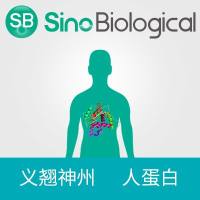RNA Analysis by Biosynthetic Tagging Using 4-Thiouracil and Uracil Phosphoribosyltransferase
RNA analysis by biosynthetic tagging (RABT) enables sensitive and specific queries of (a) how gene expression is regulated on a genome-wide scale and (b) transcriptional profiling of a single cell or tissue type in vivo. RABT can be achieved by exploiting unique properties of Toxoplasma gondii uracil phosphoribosyltransferase (TgUPRT), a pyrimidine salvage enzyme that couples ribose-5-phosphate to the N1 nitrogen of uracil to yield uridine monophosphate (UMP). When 4-thiouracil is provided as a TgUPRT substrate, the resultant product is 4-thiouridine monophosphate which can, ultimately, be incorporated into RNA. Thio-substituted nucleotides are not a natural component of nucleic acids and are readily tagged, detected, and purified with commercially available reagents. Thus, one can do pulse/chase experiments to measure synthesis and decay rates and/or use cell-specific expression of the TgUPRT to tag only RNA synthesized in a given cell type. This chapter updates the original RABT protocol (1 ) and addresses methodological details associated with RABT that were beyond the scope or space allotment of the initial report.
![预览]()






